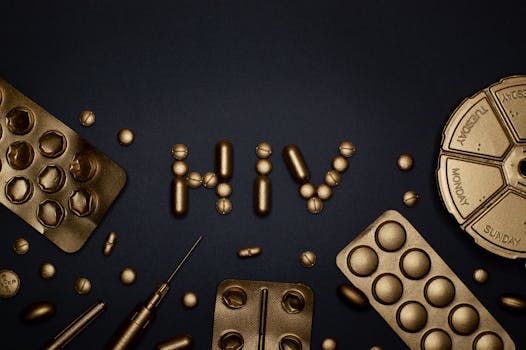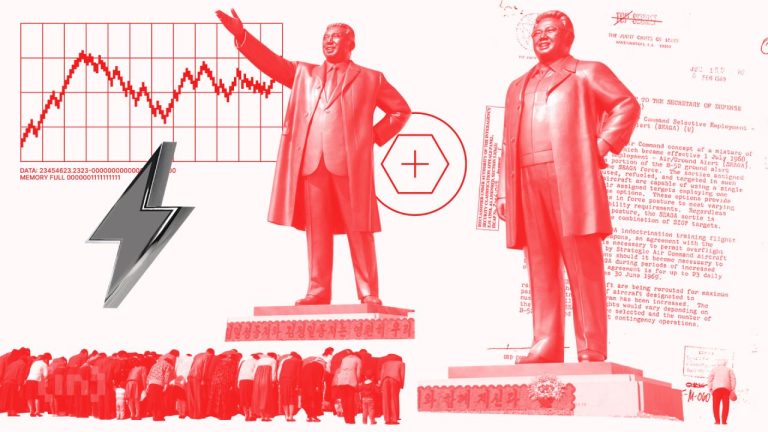
The Science Behind Vaccines and Public Health
Vaccines and Public Health: An Introduction

The science behind vaccines and public health is a complex and multifaceted field that has evolved over centuries. Vaccines have been instrumental in preventing the spread of infectious diseases, saving countless lives, and improving the overall health and wellbeing of populations worldwide. In this article, we will delve into the science behind vaccines, their history, and their impact on public health.
The History of Vaccines

The concept of vaccination dates back to ancient civilizations, with evidence of smallpox inoculation practices in China, India, and Africa. However, it wasn’t until the late 18th century that the first vaccine was developed by Edward Jenner, an English physician who pioneered the smallpox vaccine. Since then, vaccines have been developed for a wide range of infectious diseases, including measles, mumps, rubella, polio, and many others.
The Science Behind Vaccines

Vaccines work by introducing a small, harmless piece of a pathogen, such as a virus or bacteria, to the body. This triggers an immune response, which helps the body to recognize and fight the pathogen. There are several types of vaccines, including inactivated vaccines, live attenuated vaccines, and conjugate vaccines. Each type of vaccine has its own unique characteristics and is designed to provide protection against specific diseases.
Vaccine Development and Testing

The development and testing of vaccines is a rigorous and complex process that involves several stages, including research, development, and clinical trials. Vaccine developers must ensure that their products are safe, effective, and meet the highest standards of quality. The process of vaccine development and testing can take several years, if not decades, and requires significant investment and resources.
Public Health Impact of Vaccines

The impact of vaccines on public health has been significant, with vaccines saving countless lives and preventing the spread of infectious diseases. According to the World Health Organization (WHO), vaccines have prevented an estimated 10 million deaths between 2010 and 2015 alone. Vaccines have also been instrumental in eradicating diseases such as smallpox and polio, and have significantly reduced the incidence of diseases such as measles and rubella.
Challenges and Controversies

Despite the many benefits of vaccines, there are also challenges and controversies surrounding their use. One of the main challenges is vaccine hesitancy, which refers to the reluctance or refusal to vaccinate due to concerns about safety, efficacy, or other factors. There are also concerns about vaccine equity, with many low- and middle-income countries lacking access to vaccines and immunization services.
Conclusion

In conclusion, the science behind vaccines and public health is a complex and multifaceted field that has evolved over centuries. Vaccines have been instrumental in preventing the spread of infectious diseases, saving countless lives, and improving the overall health and wellbeing of populations worldwide. While there are challenges and controversies surrounding vaccine use, the benefits of vaccination far outweigh the risks. As we move forward, it is essential that we continue to invest in vaccine development, testing, and distribution, and work to address the challenges and controversies surrounding vaccine use.






